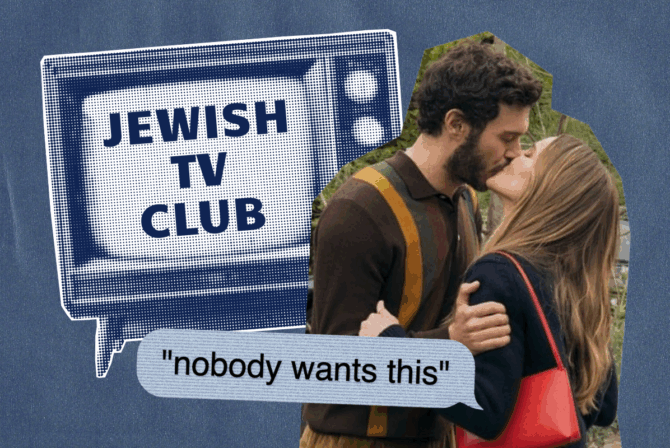Those who know me know that I am perhaps the least likely person to decry the phenomenon of “overshare.” I frequently employ the first person, both around the home and on the Internet. I post on Facebook so often that, when I found out that a place I’m going on vacation in a few weeks blocks Facebook, I fleetingly considered whether or not this trip was really for me. (I’m going anyway – and you can be certain that I’ll report on that experience when I return.)
So you might think I’d be a strong proponent (see numerous articles, including Kveller’s post here) about live-reporting giving birth via Twitter, Facebook, etc. Surprisingly, I’m just not that into it. Is it overly contradictory if I share why?
Much of my affection for Facebook stems from the juxtaposition of two irreconcilable facts – I’m an insanely social person who works from home. Facebook is an easy way to slip into interaction with generally polysyllabic, interesting folk who have much to say about the world around them. It’s also, of course, an easy way to slip into avoidance and procrastination, but I’ll write that column another day (ha!). The point is that, used properly, Facebook is a welcoming vehicle for interconnectedness. Were it not for Facebook, a friend recently pointed out, I never would have known that she could easily provide me with a printout before my trip to Japan that read, in Japanese, “I do not eat shellfish or meat products. Please adjust my menu choices accordingly.” Were it not for Facebook, I wouldn’t be able to have the feeling of ersatz workplace and social contact.
All those things are good. But there are points at which, at least for me, it feels equally good to circle the circumstantial wagons and draw the line of privacy. When I got pregnant, my husband and I joked about when we would go public with the information and when we would go ‘Facebook public.’ There was a clear difference between the two. Telling our parents and siblings in that precarious first trimester felt much more responsible than courting the potential double horror of writing a Facebook status message of “miscarried today. L” And yet, when the amnio sounded the all-clear, I began crafting ways to spread the news to my nearest and dearest 1k friends, and loved the outpouring of joy and kindness I received in return.
Still, the experience drove home the difference between what is virtual and what is real. I want to share joys with the Facebook masses – not sorrows, which would demand a higher level of interaction and intimacy. There’s a level of risk in childbirth, addressed in recent articles as well, where the more casual media of electronic communication has no place. And even if all goes well, I want to share that first with the people to whom I am closest in non-virtual reality.
I recently read an article in New York Magazine, which stated that studies have shown that mammals get a boost of the “love” hormone oxytocin when they feel protected by those they know, adding:
If anything, the compulsion to stay connected during labor seems to be heightening as contemporary childbirth becomes increasingly impersonal. You’re handed a nightgown, assigned a wristband number and a bed (often in a room shared with a stranger). Family can visit, but only during designated hours. Parents are merely pushing against that, making birth, once again, part of the social network.
Connectedness, of course, is lovely. E.M. Forster, once upon a time, said it best: “Only connect! That was the whole of her sermon. Only connect the prose and the passion and both will be exalted, and human love will be seen at its height. Live in fragments no longer.”
As we strew our personal details among our friends and “friends,” it is easy to lose sight of the more true sharing of family. When our eyes are diverted from one another’s by the pinging of a BlackBerry or iPhone, we lose something each time, and we forfeit it gladly. Through overreliance on electronic communication, we opt to live in fragments rather than as a whole – and our perception of one another and the world can be diminished as a result.
Facebook is not
gornisht
– but we have to remember it’s just garnish, the cherry on the sundae of true human interactions. There is real-time and then there is real time. Occasionally, the two do meet – but not in my delivery room.







